The mobile app industry has seen a huge surge in the last couple of years. Apple Appstore and Google’s Playstore receive more than 10 lac app submissions every month. Businesses worldwide have recognized the power that mobile apps provide. You could be a service provider based in India or a manufacturer in China, a software developer in the USA or an entrepreneur in Europe. Having a mobile app provides you with a window to the world. It also unearths the enormous potential to earn money.
Did you know – The total number of mobile apps on the planet has now reached a massive 8.93 million
But then the big question to ask is -how many of these apps make money? The answer is only 15% – 20% of them. Finding an app revenue model that includes sustainability and profitability is a delicate balancing act. In addition to providing a superior user experience. So then, the next logical question in every business owner/app developer’s mind would be “How do apps make money?” “What should be the revenue model?” “How to achieve app monetization” in simple words “How does a business make money online from an app?”.
In the below article we try and answer these exact questions. Read on.
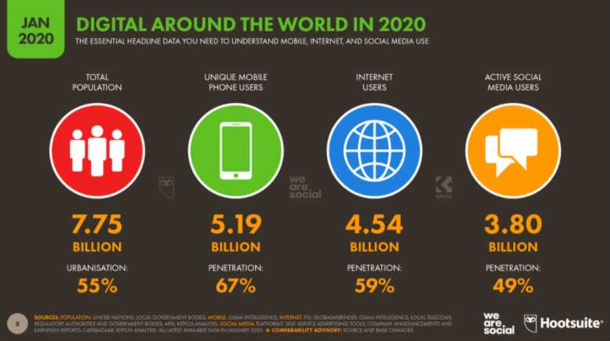
Before we discuss app monetization strategy and revenue models, the key to making money online with your app is to first understand the type of app you want to put out. What problem is your app addressing? Your app’s purpose and target audience. These are the 2 key elements that help you narrow down on the correct app monetization strategy.
The pandemic has ensured that the buying habits of individuals have permanently changed. One of the biggest changes is the emergence and acceptance of “home delivery” as a concept. The lockdown meant that customers couldn’t move out of their houses. So, businesses are now faced with a unique challenge – how to bring their product/service to customers’ homes? Food, groceries, products, and even haircuts were all “home-delivered”
In the last 2 years, there has been an increasing number of food delivery, e-commerce, and service booking apps. While many of the entrants have fallen off the radar. There are a few who have done it right and made money.
Let’s use these apps as examples to understand each app monetization strategy below.
Different types of app monetization and revenue model strategies to make money from apps
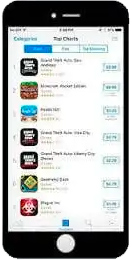
Paid Apps
This is the oldest app monetization method. The app publisher charges the user a one-time fee to download the app from the Appstore. Apps such as Minecraft (gaming) and Touch Retouch (photo editing) are good examples of paid apps. However, this app monetization method is dying as fewer and fewer users are willing to make upfront payments. The trend shows even for premium apps, users would like to first try the app for free. If not, at least some segments of the app for free, before making any payments. This is the reason why even paid apps are now forced to have a free version available in Appstore.
If your app is highly specialized and extremely unique, this app strategy works best. Also, equally important is building a dedicated fanbase of niche customers. Minecraft a 3D world-building gaming app has adopted this app monetization strategy since its launch in 2009. Its revenue was a staggering $ 415 mn last year alone. They can sustain this because their revenue model is centered around the fact that it is an extremely unique game. A game that is serving a very niche customer segment. One that is willing to pay in return for the app’s value.
In our example –
- Food delivery apps and e-commerce apps both require a large customer base to fully utilize their delivery framework. Also, they aren’t unique hence, this revenue model will not work for you.
- A service booking app could be a paid app, depending upon the type of service it is providing. If the service is highly unique/exclusive and in-demand with no competition. Then this revenue model could work for you.
Did you know – it took only 6 days to create the first version of Minecraft
In-App advertising

In our example –
- Food delivery apps, e-commerce apps, as well as service booking apps all, have the potential to showcase in-app advertising. A food delivery app could promote a particular restaurant from its list of outlets. Whereas an e-commerce app could promote various products.
- Since the target segment users for these apps are the same. Apps can also inter-promote each other through in-app advertising thereby earning revenue as well as increasing customer base.
In-App purchases / freemium model
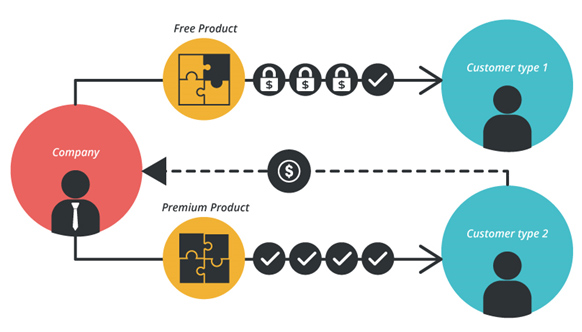
This is by far the most popular and foremost app monetization strategy.
If you believe that ads would ruin the app experience and are looking at an alternative way of making money then this is the perfect model.
Freemium is a pricing model that offers users a chance to experience your mobile app for free. However, certain features are withheld for paying customers. This way, the application remains free to use. The user can then choose to either continue using the app for free or spend money to access premium content.
There are several formats in which freemium apps can lure users into spending money. Gaming applications like Clash of Clans and Pokémon Go have used the Freemium strategy to great effect. These games provide the users with a variety of virtual elements. These elements are brought with virtual money eg – extra lives, blocking ads, premium players, lower wait time, and more.
In our example –
- Food delivery apps such as Zomato and Swiggy are already using this strategy through Zomato Pro and Swiggy one upgrades. A user can upgrade himself by paying a certain fee
- E-commerce giants Amazon and Flipkart also have Amazon Prime and Flipkart Plus. A premium service into which users can pay a fee to upgrade themselves.
- Service Booking apps such as Urban Company also have a membership program. The user can choose to upgrade for a nominal fee.
Commission model
This app monetization model is very straightforward. However, it is specific and therefore applicable only to a certain type of application. This model is most popular among Apps such as Food delivery apps, Gambling apps, E-commerce apps & Payment apps.
Here again, the app remains free to be downloaded and used by the consumer. The app owner/publisher makes money by charging a fixed commission in the way of a fixed amount or percentage. This commission is usually paid either by the user or by the service provider/vendor or in some cases by both. Your commissions are made on each order placed or payment made using your app.
Merchandise selling apps such as Amazon and Digital payment apps such as Paytm charge commission from vendors. Gambling apps such as Dream 11 charges commission from the users. Amazon even takes care of the payments and delivery of items.
In our example –
- This is a great way to make money for a Food delivery app since it can assign or negotiate different commissions with different restaurants depending on the popularity and proximity of the outlets.
- An E-commerce app would also have different commission slots. This will depend upon the sales revenue achieved by each of its vendors in its marketplace.
- Service booking apps can also charge a pre-decided commission from the service providers
Commission model
Another app revenue model which has gained popularity in recent years is the Subscription model.
In this model, the app is free to download. The users have to pay a weekly, monthly, or annual fee to access the contents of the app. It could be a particular service eg- headspace or video content eg – Netflix. If you are a content-based platform then this type of app monetization model is best suited for you.
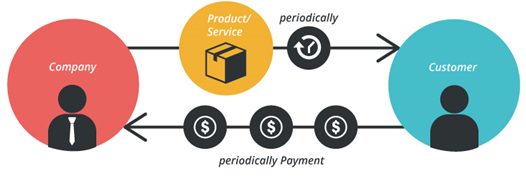
This is one of the most sought-after app monetization models since it ensures customer retention. In 2016, Apple introduced a change by rewarding apps with subscription models over others. They offered developers an 85:15 revenue split, as opposed to the usual 70:30 split. Subscription-based apps tend to see higher revenue per user than apps with other business models.
Content streaming services like Netflix, Hotstar, YouTube, Spotify are the best examples of subscription-based revenue models. A lot of these apps use a combination of Freemium and subscription-based monetization models.
In our example –
- Food delivery apps, e-commerce apps can use the subscription model to provide premium services to their users. Users who are willing to subscribe to a monthly plan could get faster delivery times, special discounts, and free merchandise.
- Service booking apps have an option of providing recurring services in return for a subscription amount from the consumer. Clubb. fit, Finnerty, and Cult. fit all charge an annual fee to users. The users then have access to all their fitness programs, live sessions, and pre-recorded videos
Sponsorship and Affiliate marketing
If incorporated at the planning and design stage of the app, then Sponsorship and affiliate marketing could be an extremely powerful app revenue model.

1. Sponsorship
Finding the right sponsor is key. In this model, an app publisher would consider a main sponsor with a target audience that is similar to the one addressed by his/her app. The app would give out all advertising rights in its app to this sponsor company/business. Once you have the right sponsor in place. You can negotiate a sponsorship fee or a revenue-sharing model. This would be your revenue generator, for the sponsor. He will benefit from the marketing campaign that you will run for your app to drive adoption.
2. Affiliate Marketing
This is another alteration of the sponsorship model. However, in place of granting advertising rights solely to one organization. You negotiate with a few interested parties and place their reference links in your application. You can earn a pre-decided amount for every time someone clicks the link, this is called Cost per Click (CPC). This is a decent method to increase your income. In case you are not able to find the right-fit sponsor for your app.
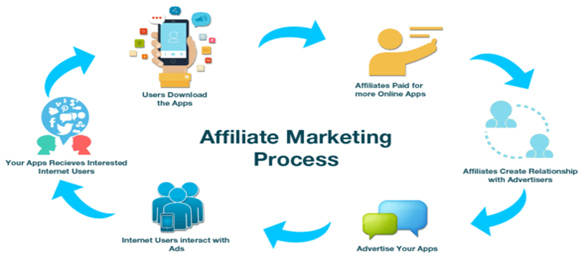
In our example –
- Food Delivery apps that have a niche audience eg – Jain food could look for affiliate marketing tie-ups. They need to find businesses that have similar target audiences.
- E-commerce sites that cater to a particular line of products eg – Nykaa. They could also look for sponsorships and affiliate marketing opportunities.
- Service booking apps can also look for affiliate marketing with different service providers and vendors. One's that target a part of the app’s overall userbase. Start-ups looking for their initial customers could use your app’s existing database as leverage.
Crowd-funding
This is not an app monetization strategy as it is an app-building strategy. In this model, an app publisher/ owner shares the idea for an app or publishes an MVP (Minimum Viable Product). He then releases it on certain crowdfunding platforms such as KickStarter, Patreon, CrowdFunder, Crowd Supply, Indiegogo, and Appfunder to raise funds or seek donations. The members of this app then review your idea / MVP. Based on how much they like the app donate a certain amount. The app publisher/owner could specify a certain target amount that he/she is seeking. This amount could be used to fund the development and promotion of the application). Once the donation reaches the specified amount the app publisher can now build the app for free.
Non-gaming mobile apps are highly preferable in crowdfunding. As of May 2017, there were approximately 138 non-gaming apps that were known to raised funds between $10,000-$100,000.
A good example of this revenue model is the Hello Earth game which earned USD 148k via crowd-funding.
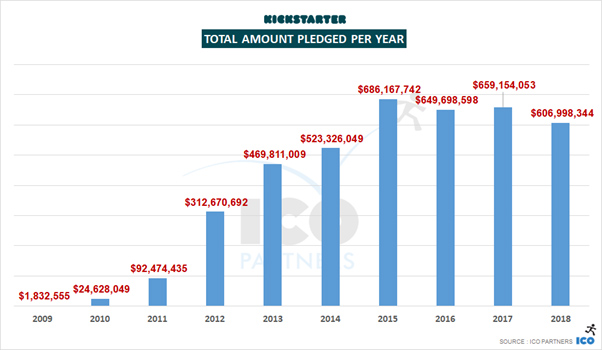
In our example –
- Food delivery, e-commerce, and service booking apps can all consider crowd-funding as a revenue model. It provides early involvement with users and could also serve as a marketing strategy. In India however, crowdfunding is still in its nascent stages. If you are an app publisher/owner you could be hard-pressed to find donations for generic apps.
Selling user Data
Every application in your mobile phone collects data. User data could be something as simple as personal details and contact lists to something more complex like behavioral patterns and tendencies. All of this data is valuable information especially if your app has many users.
Selling User data could be considered as one of the means for revenue from your app. Research organizations/ Insurance companies/Marketing agencies across the globe are always looking to study and analyze consumer behavior. With the data bought or collected, these organizations seek to have access to various information of their customers. They can track their buying behavior, interests, demographics, and more.

One can practice data monetization using your apps in two ways
- Direct monetization - You allow direct access to your data. You provide raw data or interpreted data to third parties.
- Indirect monetization – You use your data to improve your own business/ app. One can use the data to check if a particular ad campaign is working or not. What products are selling more than others, thereby saving you time and money?
In our example –
- Food delivery, e-commerce, and service booking apps all can be considered selling user data as one of the revenue models.
So, there you are. Those were some of the most common app monetization and revenue models that are currently prevalent in the market. These models are used by millions of existing apps to make money.
Knowing the various app monetization strategy is one thing, picking the right strategy for your app is a different thing. Here are a few things to keep in mind before finalizing your revenue model.
- Combination – An app could have multiple revenue models working simultaneously. It can combine different strategies to achieve maximum benefit. Eg – A Food delivery app could earn its primary income from commissions but also have a subscription model for customers.
- We advise a test run with a smaller set of users, Before deciding on a particular app monetization strategy. This will not only test your strategy but also act as a marketing head start. Eg – Zomato offered its “Zomato Pro” membership on a trial basis before launching it
- Tie-ups go a long way in gaining customer trust as well as revenue generation. Spend time and effort to find the right tie-ups. Mutual growth will have both parties invested, thereby increasing your chances of success. Eg – Myntra and Flipkart have certain tie-ups which are exclusive to them, this ensures cross-platform leverage.
- In Crowdfunding funders will expect a reward in return for their contribution. You could provide early access to your app or exclusive access to a premium feature as this reward
- Apart from the above there are other revenue streams that your app could earn money. Delivery charges, convenience charges, Service-based pricing, etc. to name a few
- User data collection needs user consent. Please ensure your app takes all the necessary consents from the user before considering this revenue model.
In conclusion, no matter what strategy you choose, ultimately money-making will depend on how engaging and value-driven your app is. An engaging app like WhatsApp doesn’t follow any of the above-mentioned strategies – yet it makes money. So, the focus should be to develop an engaging app and keep working on it improving it.
This is an evolving marketplace where innovations happen frequently. New revenue model strategies are always encouraged and experimented with. So, while you can use the above points as a guide to understanding which revenue model or app monetization strategy suits best for your app, don’t restrict yourself, find your niche.




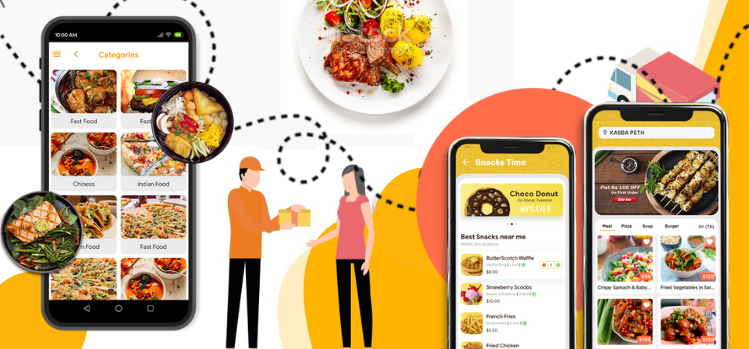
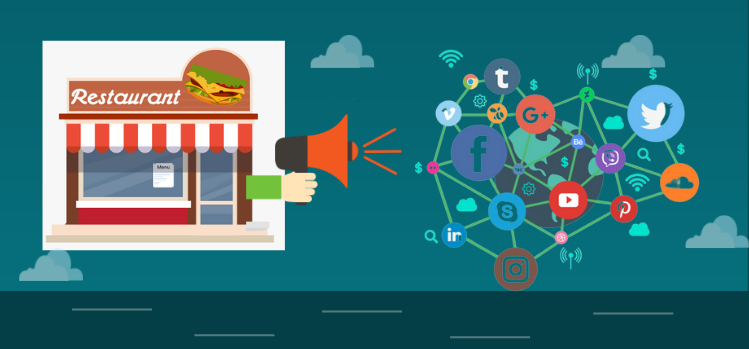
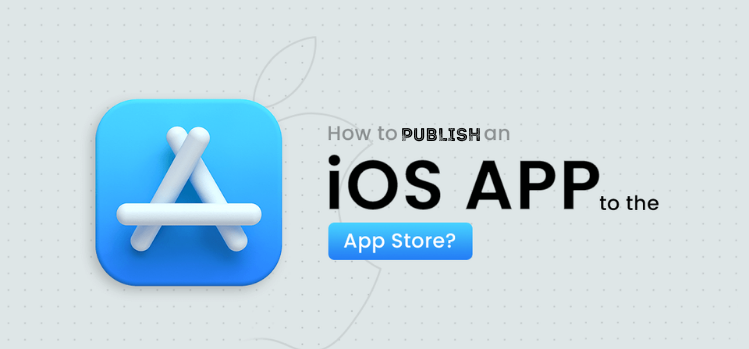

Add comment